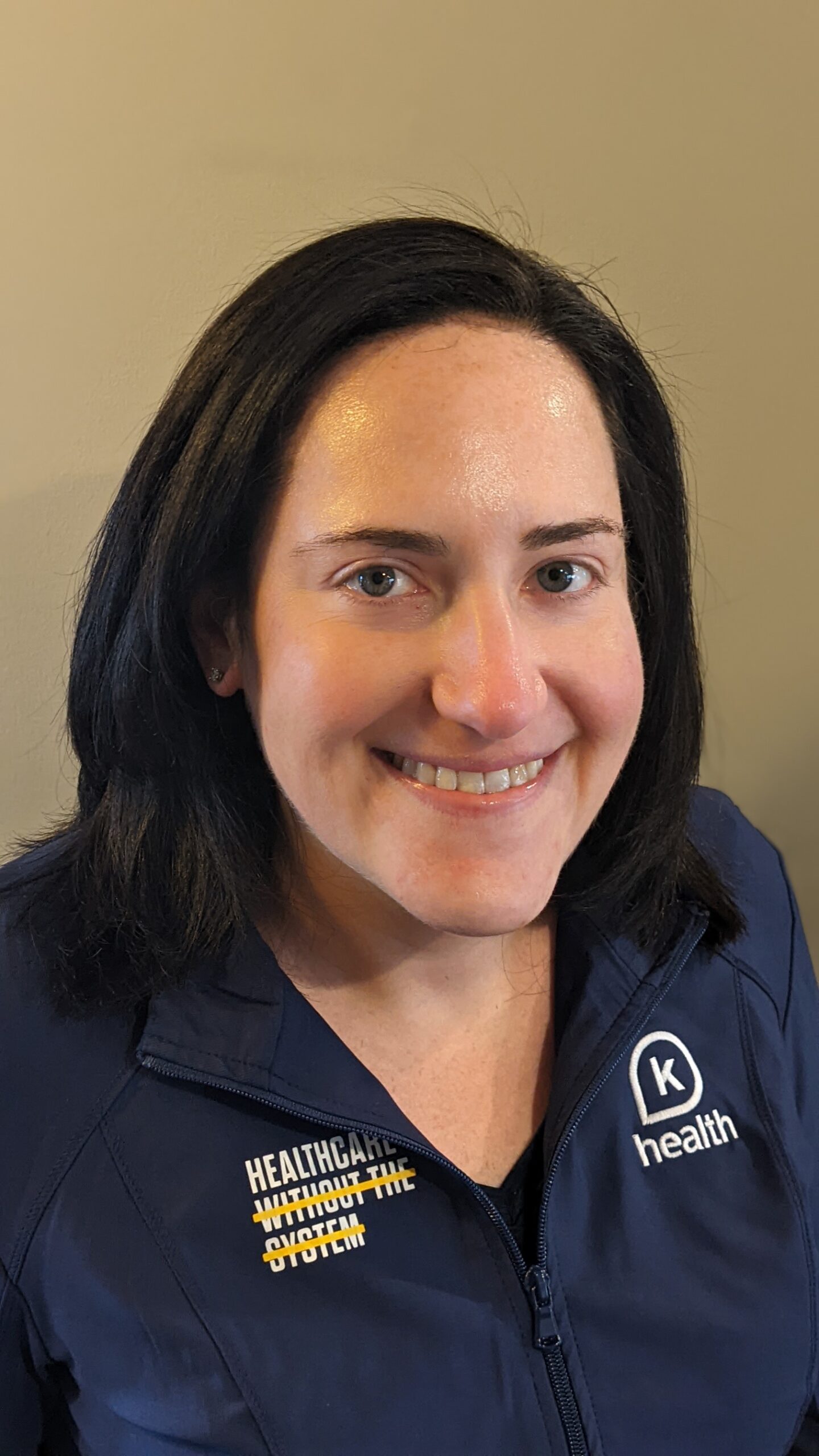A visit to the doctor usually involves a blood pressure reading. In fact, measuring your blood pressure is the only way to know whether you have high blood pressure since it usually has no warning signs or symptoms.
If you are diagnosed with high blood pressure (hypertension) or low blood pressure (hypotension), your doctor may ask you to start monitoring your blood pressure at home to help make better treatment decisions.
In this article, I’ll explain what a blood pressure reading is and how to monitor your blood pressure at home.
What is Blood Pressure?
Blood pressure is the pressure of blood pushing against the walls of your arteries.
Arteries carry blood from your heart to other parts of your body. It’s normal for your blood pressure to rise and fall throughout the day, but when it regularly rises above or drops below the normal range, there may be cause for concern.
Normal
Normal blood pressure is typically measured between 90/60 mm Hg and 120/80 mm Hg. This means blood is flowing through your body at a normal pressure.
Hypertension
Hypertension, also referred to as high blood pressure, occurs when the blood pumped through the arteries flows at a higher pressure.
Consistently high blood pressure is often a result of a more serious health condition or harmful habits like smoking.
Hypotension
Hypotension, also referred to as low blood pressure, occurs when the blood pumped through the arteries flows at a lower than average rate—a blood pressure reading typically lower than 90/60 mm Hg.
Some people have low blood pressure all the time due to genetic factors, and it’s normal for them.
Other people experience a sudden drop in blood pressure or have low blood pressure that may be linked to a serious health problem.
Chat with a doctor about managing your blood pressure at home with K Health.
get startedHow To Read Blood Pressure
Your blood pressure numbers can shed light on your risk for conditions such as heart attack, stroke, and cardiovascular disease.
Knowing what your blood pressure numbers mean can also help you better communicate with your doctor.
Systolic Pressure
Systolic blood pressure is the first or top number of a blood pressure reading. It is the higher number because it measures the blood actively being pumped away from your heart to deliver oxygen and nutrients through your arteries and blood vessels.
A systolic blood pressure reading of less than 120 mm Hg is generally considered normal for an otherwise healthy adult.
Diastolic Pressure
Diastolic blood pressure is the second or bottom number of a blood pressure reading. It is the record of the pressure in your arteries when blood is returning to the heart between beats.
A diastolic blood pressure reading of less than 80 mm Hg is generally considered normal for an otherwise healthy adult.
When To Take Blood Pressure At Home
Home blood pressure monitoring may be useful if you have certain conditions and can help your doctor determine whether treatments are working.
Situations where home blood pressure monitoring may be helpful may include:
- People with high blood pressure (hypertension)
- People starting high blood pressure treatment
- People who require close monitoring, especially those with risk factors for high blood pressure or conditions related to high blood pressure
- Women experiencing pregnancy-induced hypertension or preeclampsia
At-home monitoring can also further evaluate potentially false readings, like:
- People who only have high readings at the doctor’s office due to anxiety (known as “white coat” hypertension)
- People who only have high readings at home but not at the doctor’s office (known as “masked” hypertension)
How To Measure Blood Pressure At Home
You can take your own blood pressure at home using what’s called self-measured blood pressure (SMBP) monitoring.
Here are a few things to keep in mind:
- Make sure the blood pressure cuff is the right size for your arm. A cuff that’s too large or small will lead to an inaccurate reading. The cuff should sit at least one inch above your elbow if it is meant to be used on the upper arm.
- Take your reading at the same time each day so that you can track patterns. First thing in the morning and before bed are common times to measure.
- Before checking your blood pressure, empty your bladder and rest calmly for 10 minutes.
- Do not take your measurement over clothes.
- For the reading, sit with your arms resting on a table and keep your feet and legs uncrossed.
- If you get an abnormal reading, don’t panic—wait a few minutes and take it again.
- If you have hypertension, your doctor may ask you to take several readings each time to ensure accurate results. In this case, take the readings at least one minute apart.
Choosing a Monitor
When choosing a home blood pressure monitor, it’s important to choose one that meets standards for your age and health conditions.
The American Heart Association (AHA) recommends an automatic, cuff-style monitor that fits to your upper arm. Wrist and finger monitors are not recommended because they are believed to produce less reliable readings.
When searching for a monitor, make sure the cuff will fit your arm—measure around your upper arm and choose a monitor that comes with the correct size cuff.
Once you’ve purchased your monitor, bring it to your next appointment and have your doctor check to see that you are using it correctly and getting the same results as the equipment in the office. You should plan to bring your monitor in once a year to make sure the readings are accurate.
Monitors typically range in price, although a higher price doesn’t necessarily mean better quality. Your insurance may also be able to cover the partial or full cost of a monitor.
Left-Arm vs. Right-Arm
It’s best to take your blood pressure from the arm of your non-dominant hand, so your left arm if you are right-handed. However, you can use the other arm if you’ve been told to do so by your doctor.
Several studies have been done to determine what is a normal variation between the right and left arm. In general, any difference of 10 mm Hg or less is considered normal and is not cause for concern.
Blood Pressure Journal
If you’re monitoring your blood pressure at home, it’s recommended that you keep a log or journal of your readings. One blood pressure measurement only tells what your blood pressure is at that moment.
A record of readings taken over time provides a fuller picture of your blood pressure that can help you and your doctor ensure that treatments to regulate your blood pressure are working.
Chat with a doctor about managing your blood pressure at home with K Health.
get startedWhen to See a Doctor
The doctor should check your monitor at least once a year. This ensures that your machine is properly calibrated and measurements are accurate.
Contact your doctor if you have high readings for several days and bring your blood pressure journal with you to the visit. If you experience any symptoms of a hypertensive crises, you should contact your doctor right away, including:
- Severe headache
- Chest pain
- Vision changes or blurriness
- Fatigue
- Mental confusion
- Difficulty breathing or taking a deep breath
You should also contact your doctor if you have low readings for several days. Call your doctor right away if you are dizzy or lightheaded.
How K Health Can Help
K Health offers affordable and convenient access to highly qualified doctors to treat and manage high blood pressure, as long as you are not having a hypertensive crisis.
You can meet with your K Health doctor from the comfort of your own home via the K Health app, all while knowing that you’re getting individualized and expert care.
Frequently Asked Questions
K Health has strict sourcing guidelines and relies on peer-reviewed studies, academic research institutions, and medical associations. We avoid using tertiary references.
-
Measure Your Blood Pressure. (2021).
https://www.cdc.gov/bloodpressure/measure.htm -
Monitoring Your Blood Pressure at Home. (2017).
https://www.heart.org/en/health-topics/high-blood-pressure/understanding-blood-pressure-readings/monitoring-your-blood-pressure-at-home -
Self-Measured Blood Pressure (SMBP) Monitoring. (2022).
https://millionhearts.hhs.gov/tools-protocols/smbp.html -
How to monitor-and lower-your blood pressure at home. (2013).
https://www.health.harvard.edu/heart-health/how-to-monitor-and-lower-your-blood-pressure-at-home

 Medically reviewed
Medically reviewed

